Where Sea-Eagles Dare
On vagrancy and the stories we tell ourselves when we look at birds
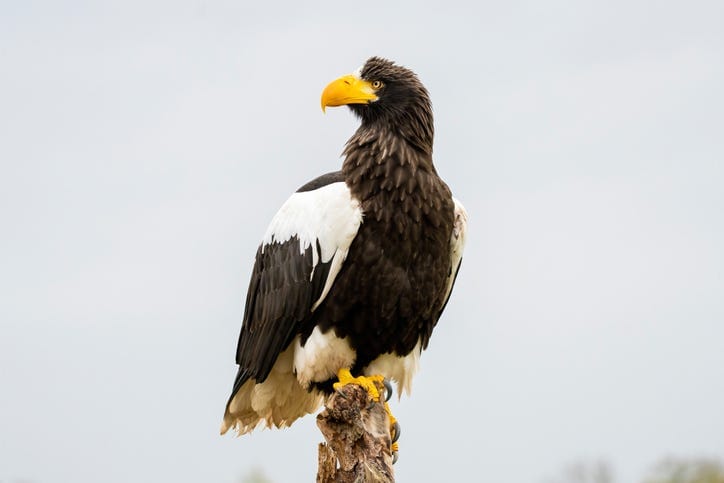
This newsletter is mostly about movies, sometimes TV shows and music. Every so often it’s about birds. Today it’s about birds.
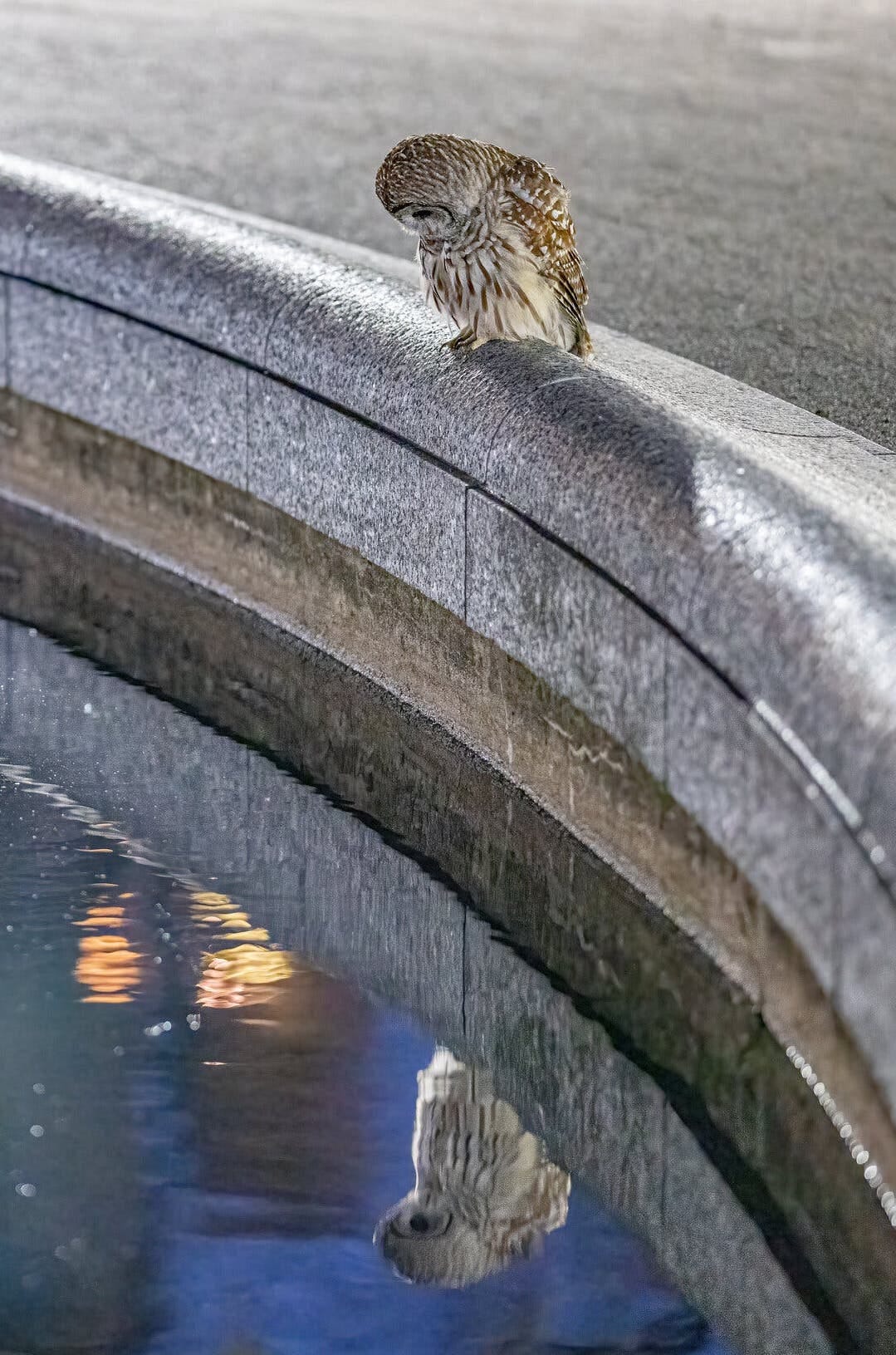
A wild animal where it’s not supposed to be is a disorienting sight, upending our dulled human sense of order and place. A black bear in a liquor store. A Snowy Owl on a Coney Island rollercoaster. A mountain lion in Connecticut. As marvelous as these sightings can be, proof that the veil between our world and theirs is more porous (or nonexistent) than we care to believe, it doesn’t usually end well for the animal. So I began 2022 with a mixture of wonder and melancholy as I peered through a borrowed spotting scope at the only Steller’s Sea-Eagle ever seen on the east coast of America.

Maybe you’ve heard about the Steller’s Sea-Eagle? There’s one that’s been getting a lot of ink lately. For one thing, they’re gorgeous: Chocolate brown raptors with white wing stripes and tails, and big, lethal yellow beaks seemingly on loan from Foghorn Leghorn. For another, they’re huge, one of the largest raptors on the planet with a weight of up to 20 pounds and a wingspan of up to eight and a half feet. A native of the coastal regions of northeastern Asia – about 4,000 sea-eagles are located on the Kamchatka Peninsula in Russia – this particular bird was first seen in central Alaska in August of 2020, presumably having crossed the Bering Strait or cruised up the Aleutian Islands. In March of 2021, it was seen in Texas – Texas! – before turning up in Quebec, New Brunswick, and Nova Scotia during the summer. Just before Christmas, the eagle put in a two-day appearance on the Taunton River in southern Massachusetts, and I found time to drive an hour south on the third day and saw… nothing. Well, a lot of other birders and some very nice Bald Eagles, but no dashing out-of-town visitor.
After Christmas, though, our family went to Blue Hill, Maine, for a week’s getaway, and on the last day of 2021, reports came in that the lonely wanderer had been seen two hours down the coast, on Georgetown Island, south of Bath. If I were what the British call a “twitcher,” I would have immediately dropped everything and gone, but being only a part-time twitcher, I held off until the drive home two days later, following the latest online reports to guide us in.
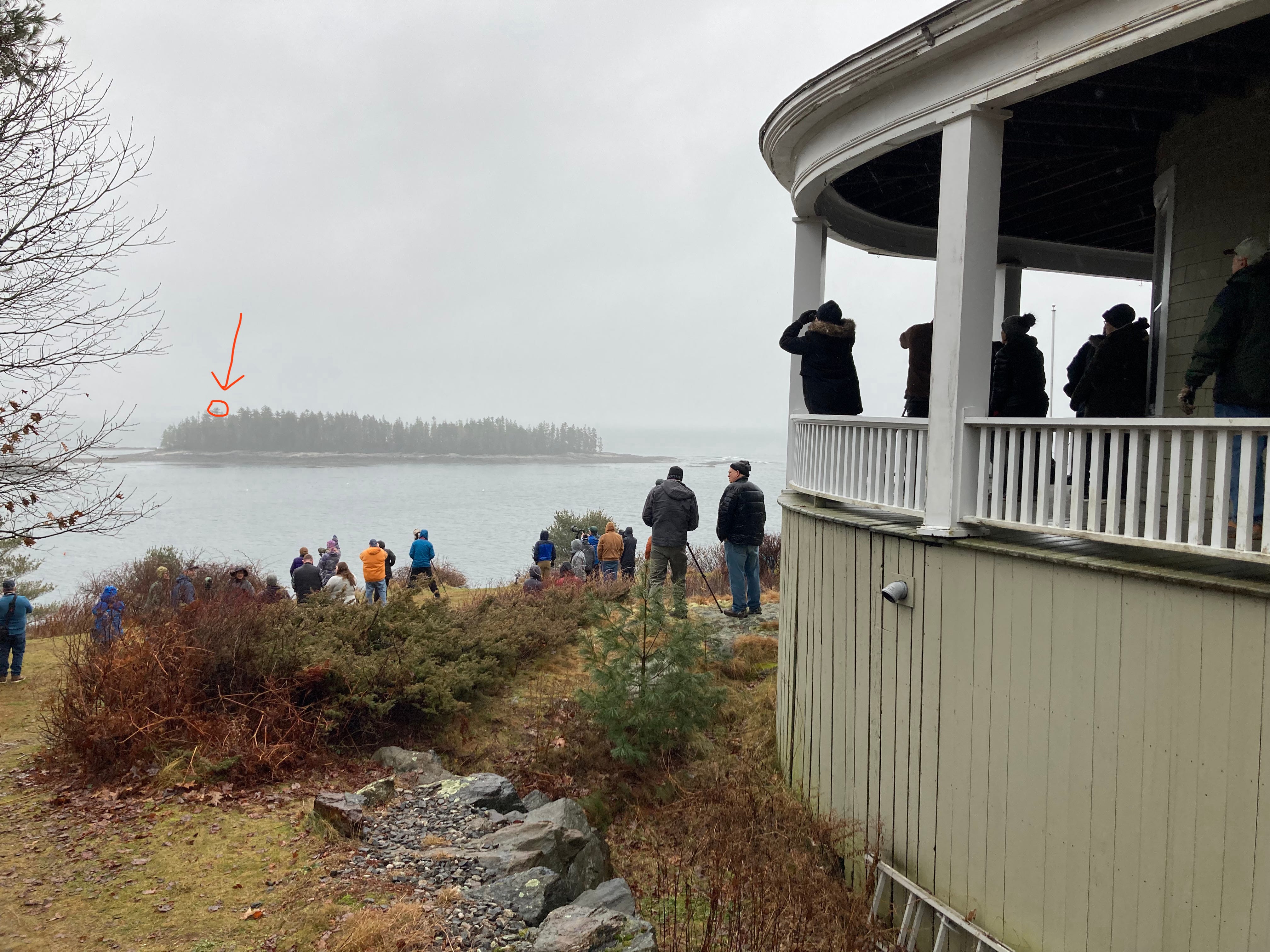
You know you’re close when you see parked cars lining both sides of the road in the middle of nowhere. We pulled over on a rural coastal byway and joined a small army trudging up a slope in the rain. The owners of the Grey Haven Inn had kindly allowed dozens and dozens of people onto their porch and lawn overlooking the Sheepscot River, across which, perched atop a tree on a small island, could be seen a distant dark lump. The mood was soggy and quietly festive, a mix of excited families and smiling hardcore birders, some of whom had driven up from New Jersey and beyond for the chance to see a “mega-rarity.” The rain and distance rendered the eagle smeary in my binoculars, but those with spotting scopes and telephoto lenses graciously shared with everyone else, and we all got good looks. Birders on the hoof can be a fractious, sometimes rude bunch, but, rooted in one place by the strangeness of a magnificent bird unimaginably far from home, we were an appreciative and well-behaved audience. We talked in low voices, out of respect for the eagle and its plight. It was Sunday. We were in church.
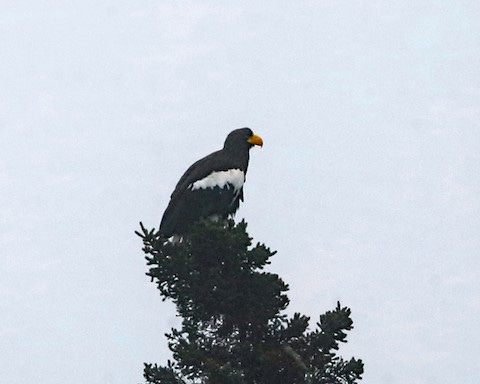
I read later that after my wife and I left, the sea-eagle rose up from its tree and chased a bald eagle that had just caught a fish, eventually soaring about 15 feet over the heads of the assembled crowd. Wish I’d seen that, but grateful for what I did see. And more than a little sad, too, because this sea-eagle – possibly female, since they’re larger than the males, and this bird was big – will almost certainly never get back to its kind. Birds that have flown or been blown off course and wind up a continent or two away from their home range are called vagrants, a word that carries a tinge of unnecessary moral disapproval. There’s no such thing as a reprehensible bird (although cowbirds come close), only a bird whose compass has been rendered inoperative through chance or mis-wiring and who has no idea that he or she is on a train headed in the wrong direction. In almost every single case, the vagrant will eventually perish in an inhospitable environment, and even if our Steller’s Sea-Eagle seems particularly hardy, he/she is doubtless expecting to run into a mate who just isn’t there.
What does loneliness feel like to a bird?
This is what we humans do, of course: Project our emotional narratives onto wild creatures who are doing their best to stay alive and often failing. It’s why that image of the errant penguin in Werner Herzog’s “Encounters at the End of the World” (2007) is so haunting, a lone figure marching away from the sea to its death in the mountains. In our anthropomorphism, we joke that it’s depressed or suicidal, when maybe it’s just bad at being a penguin. There may be a larger calculus at work here than we can ever understand.
In fact, scientists are beginning to theorize that bird vagrancy may not be (just) a shitty avian roll of the dice but a mechanism for extending a species’ range into new ecosystems where it might flourish, especially during times of climate upheaval. Maybe it’s disaster but maybe it’s evolution, and maybe they’re the same except for what you end up with. I think of the Common Cuckoo that landed in a farmer’s field in Rhode Island on Election Day 2020 and attracted gawkers who came from as far away as San Diego simply to be in the presence of a placid brown bird, one common enough in Europe (although less and less so) but unheard of in North America. Was it lost or a pioneer scoping out new-found lands? Meriwether Lewis or Wrong-Way Corrigan? Or is there no difference if you’re a bird?
The Steller’s Sea Eagle is far more striking than a Common Cuckoo (unless you’re another Common Cuckoo), and this one is big enough and off-course enough to serve as a movie screen for our feelings of awe, as well as our anxieties about a biosphere we’re truly terrible about stewarding. If the movie were a romantic drama, another Steller’s Sea-Eagle would somehow make it across Canada to our side of the planet and they’d start seeding America with baby Steller’s Sea-Eagles, which would be great for everyone except the Bald Eagles. If the movie were an adventure film or a western, our Odysseus would arrive back home, weary and silhouetted in the doorway of the Kamchatka Peninsula with tales of travel and a map of exploration. But a bird isn’t a movie. It’s a being existing in the world as best it can, lacking a consciousness for narrative but simply living out the imperative to keep going, day by day, meal by meal, mile by mile. So we watch through our spotting scopes and then return to our own homes – we have GPS, we know the way – vaguely disquieted by touching something we no longer remember but are still compelled to see.
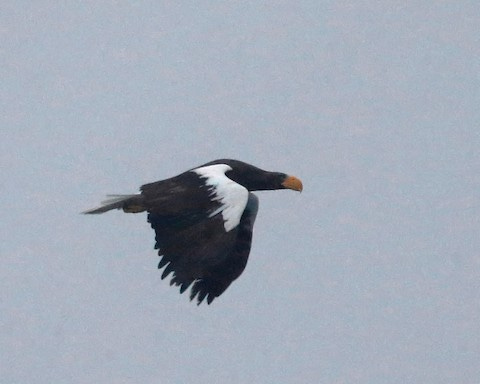
If you enjoyed this edition of Ty Burr’s Watch List, please feel free to share it with friends.
If you’re not a paying subscriber and would like to sign up for additional postings and to join the discussions, here’s how:
If you’re already a paying subscriber, I thank you for your generous support.





